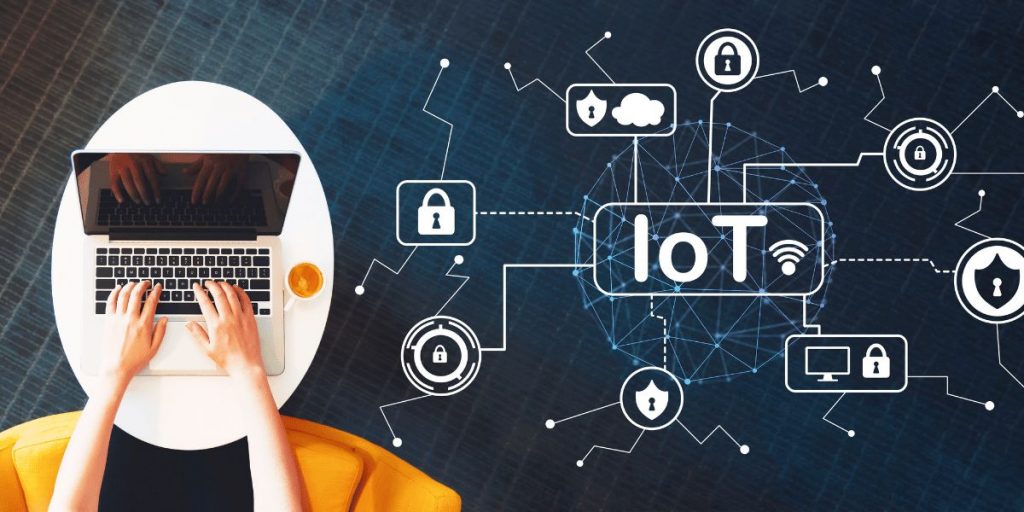The Internet of Things (IoT) has revolutionized the way we interact with technology, enabling seamless communication between devices and transforming industries. From smart homes to industrial automation, IoT is reshaping the world as we know it. This article explores the concept of IoT, its applications, benefits, challenges, and its promising future.
What is the Internet of Things (IoT)?
The Internet of Things refers to the network of interconnected devices that communicate and share data through the internet. These devices, embedded with sensors, software, and other technologies, collect and exchange data without human intervention. Examples include smart thermostats, wearable fitness trackers, and industrial machinery equipped with sensors.
The Evolution of IoT
The idea of connected devices has been around for decades, but IoT gained traction in the early 2000s with advancements in wireless technologies and data processing. Key milestones include:
- 1980s: The first connected device, a Coca-Cola vending machine, reported inventory levels.
- 1990s: Kevin Ashton coined the term “Internet of Things” to describe RFID-enabled devices.
- 2010s: IoT adoption surged with the proliferation of smartphones, cloud computing, and affordable sensors.
Applications of IoT
IoT has a wide range of applications across various sectors, driving efficiency, innovation, and convenience:
1. Smart Homes
IoT devices like smart thermostats, lighting systems, and security cameras enhance comfort, energy efficiency, and safety. Voice-activated assistants such as Amazon Alexa and Google Assistant provide centralized control over connected devices.
2. Healthcare
IoT transforms healthcare through wearable devices that monitor vital signs, remote patient monitoring systems, and smart medical equipment. These technologies improve patient outcomes and reduce healthcare costs.
3. Agriculture
Smart farming leverages IoT for precision agriculture, enabling real-time monitoring of soil conditions, weather, and crop health. IoT-powered irrigation systems optimize water usage, boosting efficiency and sustainability.
4. Transportation
IoT improves transportation systems with connected vehicles, fleet management solutions, and real-time traffic monitoring. Autonomous vehicles rely on IoT to gather and analyze data for safe navigation.
5. Manufacturing
Industrial IoT (IIoT) enables predictive maintenance, asset tracking, and process optimization in manufacturing. Smart factories use IoT to enhance productivity and reduce downtime.
6. Retail
Retailers use IoT for inventory management, personalized shopping experiences, and streamlined supply chain operations. Smart shelves and beacons improve customer engagement and operational efficiency.
7. Energy Management
Smart grids and IoT-enabled devices monitor and manage energy consumption, reducing costs and environmental impact. Renewable energy systems benefit from IoT through real-time monitoring and optimization.
Benefits of IoT
The widespread adoption of IoT offers numerous advantages:
- Increased Efficiency: IoT automates processes, reducing manual intervention and enhancing productivity.
- Cost Savings: By optimizing resource usage and minimizing downtime, IoT lowers operational costs.
- Enhanced Decision-Making: IoT provides real-time insights and analytics, enabling informed decision-making.
- Improved Quality of Life: IoT devices enhance convenience, security, and overall quality of life for individuals.
- Sustainability: IoT promotes environmental sustainability through efficient resource management.
Challenges and Risks of IoT
Despite its advantages, IoT poses several challenges and risks:
- Security Concerns: The interconnected nature of IoT devices makes them vulnerable to cyberattacks. Securing data and devices is a critical concern.
- Privacy Issues: IoT devices collect vast amounts of personal data, raising privacy concerns and regulatory challenges.
- Interoperability: Ensuring seamless communication between devices from different manufacturers remains a challenge.
- Data Management: The massive volume of data generated by IoT devices requires robust storage, processing, and analysis solutions.
- Scalability: Expanding IoT networks while maintaining performance and reliability is a complex task.
The Future of IoT
The future of IoT is bright, with advancements expected in various domains:
- 5G Connectivity: The rollout of 5G networks will enhance IoT capabilities by enabling faster data transmission and lower latency.
- AI Integration: Combining IoT with artificial intelligence will enable smarter devices that can learn, adapt, and make decisions autonomously.
- Edge Computing: Processing data closer to its source will reduce latency and improve efficiency in IoT systems.
- Smart Cities: IoT will play a crucial role in building smart cities, optimizing traffic, waste management, and energy usage.
- Healthcare Innovations: IoT will continue to revolutionize healthcare with advanced remote monitoring, telemedicine, and personalized treatments.
Conclusion
The Internet of Things is a transformative force, connecting devices, people, and processes to create a smarter and more efficient world. While challenges like security and privacy need to be addressed, the potential benefits of IoT far outweigh its risks. As technology continues to evolve, IoT will play an increasingly vital role in shaping the future of our interconnected world.

